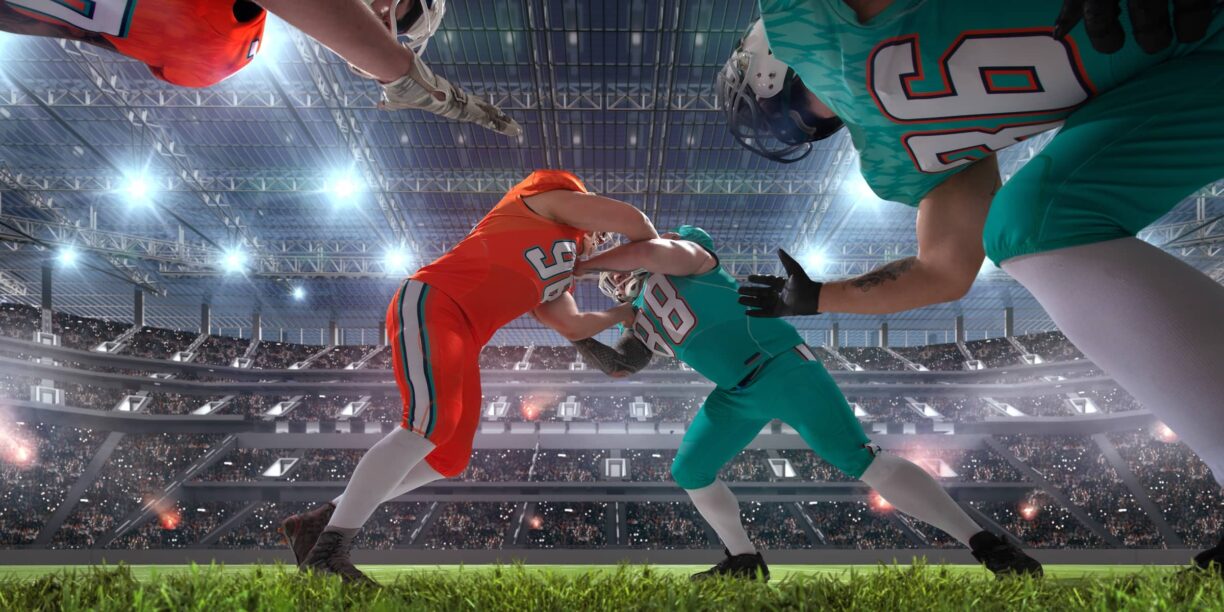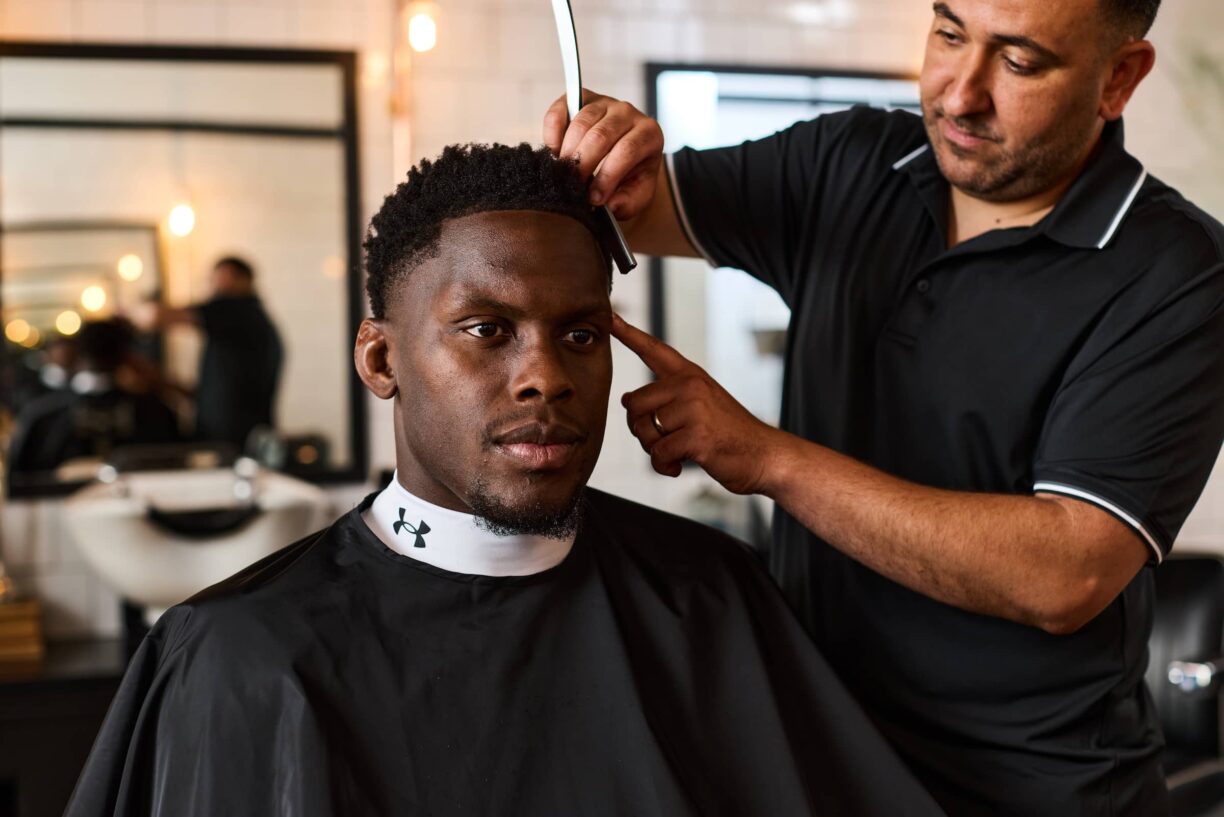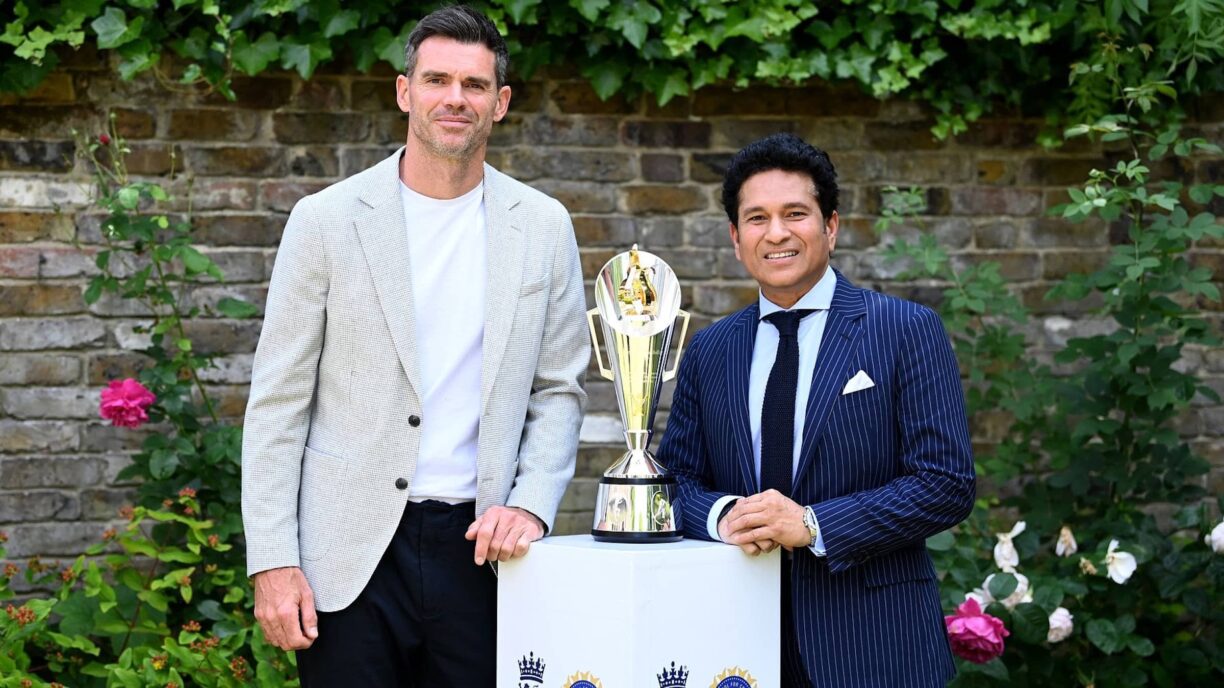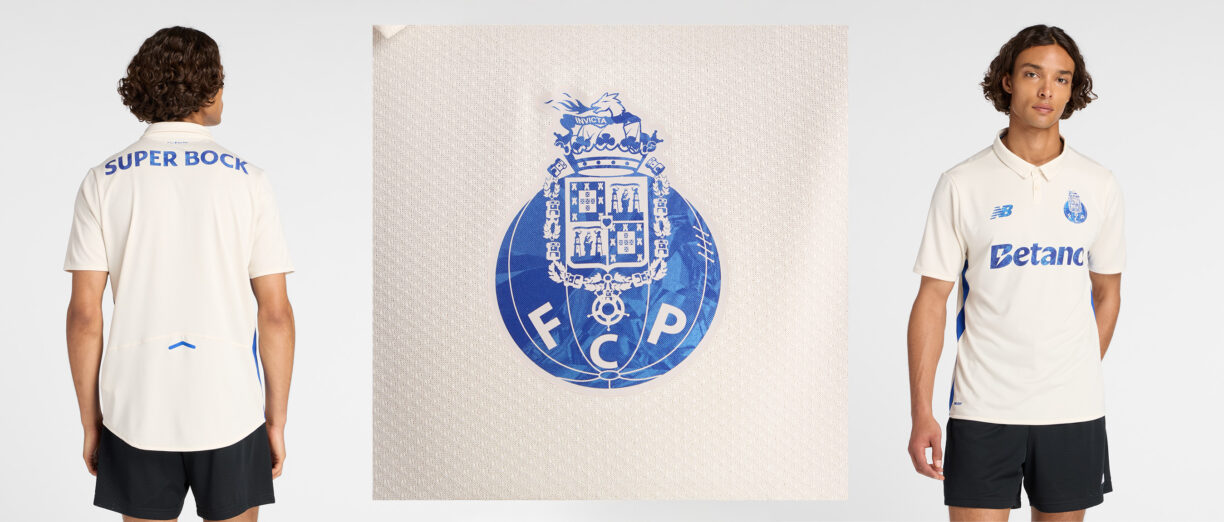The Premier League is the most-watched sports league in the world, with a potential TV audience of 4.7 billion people, but which teams are capturing the public’s attention the most and who has the happiest fans?
Currys PC World explored the world of the online football fandom to reveal which Premier League teams and players are fan favourites, and which are the target of the most ridicule.
The most popular Premier League teams and players online
- New signing, Cristiano Ronaldo is by far the most-searched-for player in the Premier League, receiving 4.1 million searches per month
- Combining the search figures for all individual players of each Premier League squad, Manchester United has the highest total search volume (9.4 million per month)
- Brentford FC and Brighton & Hove Albion are the least-searched-for Premier League teams, receiving a respective 195k and 153k searches per month
| Top 10 most-searched-for Premier League Teams | |||
| Rank | Football club | Global search volume (monthly) | Most-searched-for player |
| 1 | Liverpool | 18,000,000 | Mohamed Salah |
| 2 | Manchester United | 14,000,000 | Cristiano Ronaldo |
| 3 | Arsenal | 9,500,000 | Thomas Partey |
| 4 | Chelsea | 7,700,000 | Kai Havertz |
| 5 | Manchester City | 3,800,000 | Kevin De Bruyne |
| 6 | Leeds United | 3,400,000 | Patrick Bamford |
| 7 | Tottenham Hotspur | 3,400,000 | Harry Kane |
| 8 | Everton | 2,300,000 | James Rodríguez |
| 9 | Aston Villa | 1,800,000 | Jack Grealish |
| 10 | Leicester City | 1,600,000 | Jamie Vardy |
Despite the tournament taking place in the UK, these searches are occurring all around the world, with a large volume of searches for the top three teams coming from the USA and India.
Cognitive anthropologist Dr Martha Newson explained why the Premier League is so highly followed around the globe:
“The reason the Premier League is popular globally is partly a legacy of colonialism – when football was first exported with colonialists in the late 1800s, some teams were effectively exported too. As televisions became more available in the mid-20th century, only Premier League teams would have been available to watch internationally.”
The amount Premier League teams could be earning from social media
- Manchester United is the most-followed team on social media, with a whopping 71.4 million fans across Instagram, Twitter and YouTube
- Manchester United could be raking in as much as £89.8k per social media post if they were to monetise their accounts
- Cristiano Ronaldo of Manchester United, as the most-followed Premier League player (407.8 million followers), could be earning £602.8k per social media post
| The biggest social media influencers of the Premier League | |||
| Rank | Football club | Total social media followers (million) | Est. potential earning per social media post (£) |
| 1 | Manchester United | 71.4 | 89,778 |
| 2 | Liverpool | 55 | 63,060 |
| 3 | Chelsea | 47.8 | 59,955 |
| 4 | Arsenal | 39.5 | 55,503 |
| 5 | Manchester City | 38.2 | 40,631 |
| 6 | Tottenham Hotspur | 18.3 | 21,647 |
| 7 | Leicester City | 7.7 | 8,515 |
| 8 | Everton | 5.3 | 7,645 |
| 9 | West Ham United | 3.8 | 5,752 |
| 10 | Newcastle United | 2.5 | 4,824 |
With social media performing as an effective marketing tool, it’s possible that the online status of a football player could impact purchasing decisions during the transfer window. Cognitive anthropologist Dr Martha Newson says:
“When recruiting players, a club’s primary interest is in their abilities on the pitch, but social media influence has added an additional component – the club is effectively endorsed every time someone sees Mo Salah wearing a Liverpool shirt, for example – so these financial implications will be taken into consideration by the club.”
The Premier League teams with the happiest fans online
- Wolverhampton Wanderers receive the most upbeat tweets, with a sentiment score of 59/100 (with 100 representing the most positive sentiment)
- They’re closely followed by Leicester City and Leeds United, both scoring 58/100
- Tottenham Hotspur receives the most tweets of a negative sentiment, only scoring 23/100 – the lowest of all teams. They’re joined in the bottom three by Newcastle United (30) and Manchester United (37)
Premier League teams and players can receive thousands of mentions on Twitter every day, but are these words of encouragement and support, or ridicule and frustration?
To find out which teams have the happiest and the most negative fanbases online, tweets mentioning each of the Premier League squads were run through a sentiment analysis tool.
Speaking on the subject, Dr Martha Newson, a cognitive anthropologist, explains that:
“Perennially low-ranking clubs, like Wolverhampton Wanderers, will have the most highly bonded and loyal fans due to the transformative nature of dysphoric matches where the team has lost or been relegated. This means that fans won’t be put off by losses.”
The most valuable players in Fantasy Premier League
- Emiliano Martínez is the best-value player on Fantasy Premier League (FPL). He costs £5.5 million and scored 186 points last season, working out at a decent 33.82 points per million
- He’s joined by five other goalkeepers in the top 10 best-value players on FPL, whereas the 10 most popular (and therefore most expensive) players are mainly forwards and midfielders
Fantasy Premier League is the largest fantasy football league in the world, with over 8 million people playing globally. Taking on the role of football manager, participants buy, sell and manage a fantasy squad.
While Harry Kane and Mo Salah were priced the highest in the game last season, due to player popularity and high performance (both cost £12.5 million), others can offer a better bang for one’s buck.
Return on investment was calculated by weighing up the cost to purchase each player with the number of points they scored in the 2020/21 season.
| The best value players on Fantasy Premier League | |||||
| Rank | Player | Football club | Cost (£ million) | Points in 20/21 season | Points per £ million |
| 1 | Emiliano Martínez | Aston Villa | 5.5 | 186 | 33.82 |
| 2 | Stuart Dallas | Leeds United | 5.5 | 171 | 31.09 |
| 3 | Illan Meslier | Leeds United | 5 | 154 | 30.8 |
| 4 | Aaron Cresswell | West Ham United | 5.5 | 153 | 27.82 |
| 5 | Matt Targett | Aston Villa | 5 | 138 | 27.6 |
| 6 | Vicente Guaita | Crystal Palace | 4.5 | 124 | 27.56 |
| 7 | Hugo Lloris | Tottenham Hotspur | 5.5 | 149 | 27.09 |
| 8 | Jack Harrison | Leeds United | 6 | 160 | 26.67 |
| 9 | Ederson | Manchester City | 6 | 160 | 26.67 |
| 10 | Lukasz Fabianski | West Ham United | 5 | 133 | 26.6 |
The role of social media in football fandom
Today, top Premier League clubs such as Manchester United have garnered social media followings as high as 71 million across Instagram, Twitter and YouTube, and players like Paul Pogba are not far behind on an individual level (54.8 million across Insta and Twitter).
So, it’s evident that social media plays a significant role in the football industry. It can shape the fan experience and the public portrayal of players and clubs, by creating a two-way stream of communication, and an open platform for expression.
This means it also has the potential to hugely influence the views and opinions of those following.
Cognitive anthropologist, Dr Martha Newson says:
“In the future, I would expect to see opportunities for direct relationships between fans and clubs strengthened over social media. This might take the form of more interactive social media channels, incorporating fan vlogs and fan-led social media.”
While the growth of social media can have a very positive impact on the relationships between fans, teams and players, it can also facilitate toxic behaviour.
“Clubs, as money-making operations, have a social responsibility to ensure that no hate is generated on their platforms, that there is opportunity for diversity and engagement, and that they showcase positive role models from diverse backgrounds, communities, and levels in the game.”





